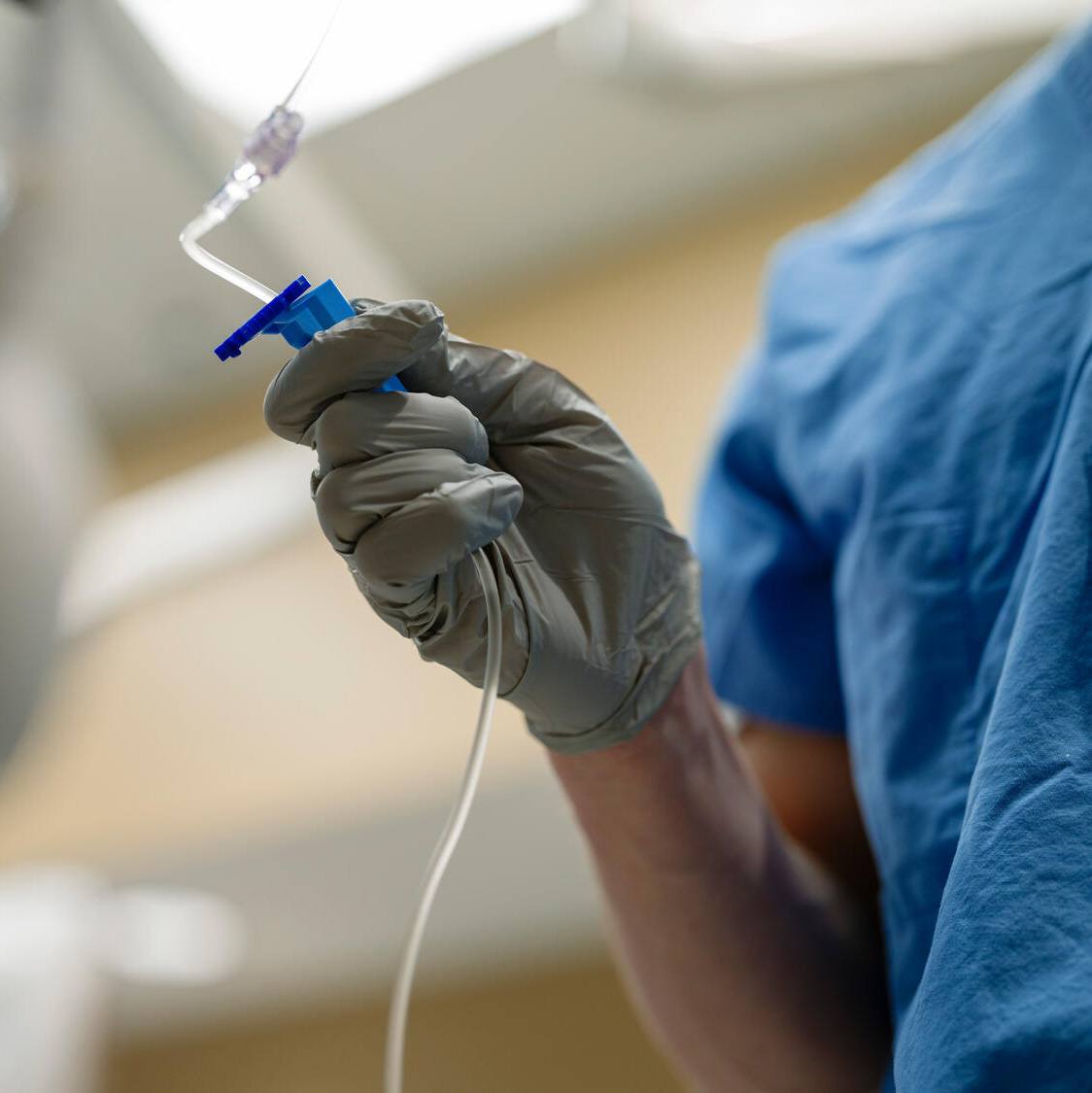-
What is the impact on health care of genome editing?
Although Mayo Clinic does not use genome editing as part of any treatment in the medical practice, genome editing has promise for treating and even curing previously intractable disorders, such as Duchenne muscular dystrophy.
Genome editing, via methods like CRISPR-Cas9 (clustered regularly interspaced short palindromic repeats and CRISPR-associated protein) can be used to facilitate the targeted modification of specific genes in living cells from the body and germline (inherited) sources. However, there are uncertain and potentially undesirable side effects to genome editing and regulatory oversight of genome editing is also unclear.
Genomic experts discussed the technological basis for genome editing, its current and potential research and clinical applications, and ethical and regulatory concerns at the Individualizing Medicine Conference: Advancing Care through Genomics. The Mayo Clinic Center for Individualized Medicine (CIM) hosted the conference at the Mayo Civic Center in Rochester, Minnesota.
What is gene editing?

Shondra Pruett-Miller, Ph.D., Assistant Member of Cell and Molecular Biology, St. Jude Children's Research Hospital, spoke about the molecular biology behind gene editing and how it works, in addition to its advantages and limitations. Dr. Pruett-Miller explained gene knockout, which is a genetic technique in which one of a cell’s or organism’s genes is “knocked out” of the respective genome for the purpose of understanding the function of the gene.
“Using this technology in agriculture has huge implications from creating heat-resistant cattle to drought-resistant crops,” says Dr. Pruett-Miller.
However, there are still limitations to genome editing. According to Dr. Pruett-Miller in order for this technology, and specifically CRISPR-Cas9, to reach its full therapeutic potential, every effort must be made to ensure that the genome edits are made with minimal chance of off-target effects on the structure of the gene.
From gene therapy to genome surgery

Stephen Tsang, M.D., Ph.D., Laszlo Z. Bito Associate Professor of Ophthalmology and Associate Professor of Pathology and Cell Biology, Ophthalmology, Columbia University, spoke about the current and potential research and clinical applications of genome editing. Dr. Tsang explored the beginnings of gene therapy and the path that led to genome surgery.
“Gene therapy is not the same as gene surgery, also known as gene-editing,” says Dr. Tsang. “CRISPR-Cas9 opened a new chapter in medicine.”
Gene therapy uses genes as a “drug” to treat or prevent disease by modifying, supplying or blocking gene expression or gene products that cause a condition either by their presence or absence.
CRISPR-Cas9 is a method of genome surgery that enables geneticists and medical researchers to edit parts of the genome by removing, adding or altering sections of the DNA sequence. Dr. Tsang used the example of juvenile macular degeneration as a perfect target for CRISPR-Cas9.
“The eye is the ideal system for genome surgery as well as stem cell transplantation: its relative immune privilege and accessibility, and the effects of treatment can be precisely monitored at the resolution of a single cells with non-invasive imaging allowing physicians to monitor what is happening in real time as they put the cell in and interact with eye,” says Dr. Tsang. “The eye is a self-contained area preventing CRISPR off-targeting from going to other parts of the body. As a pair organ, the eye provides the ideal treatment-control conditions and distinguishes itself as the ideal system for Individualized Medicine due to the low risk of off-targeting of genome surgery and stem cell therapies.”
The science has to advance first

Megan Allyse, Ph.D., Assistant Professor of Biomedical ethics at Mayo Clinic closed the session discussing ethical and regulatory concerns related to genome editing and how they may impact clinical decision-making.
According to Dr. Allyse with the advent of gene therapy and gene surgery the National Academy of Sciences laid out clear guidelines relating to responsible science. The National Academy of Sciences covers all facets of responsible science from transparency, respect of the person, fairness, to due care (proceeding carefully and deliberately and only when supported by sufficient and robust evidence).
“Although we have a lot of structures in place to monitor gene editing there are many unresolved dilemmas,” says Dr. Allyse.
Dr. Allyse posed several thought provoking questions to the audience concerning the ethical and regulatory issues such as:
- “Who defines what a serious condition or disease is?”
- “How do you handle illegitimate stem cell therapies and the exploitation of people who are desperate to solve a health issue?”
- “Is the human genome sacred?”
The questions set up a hard conversation with those in attendance and the answers were as varied and individual as each person.
“As much as we want to get into humans, the science has to come first,” says Dr. Allyse. “Our goal is to bring people up to health as opposed to pushing them to enhancement.”
Keep the conversations going
For more information on the Mayo Clinic Center for Individualized Medicine, visit our blog, Facebook, LinkedIn or Twitter at @MayoClinicCIM.








